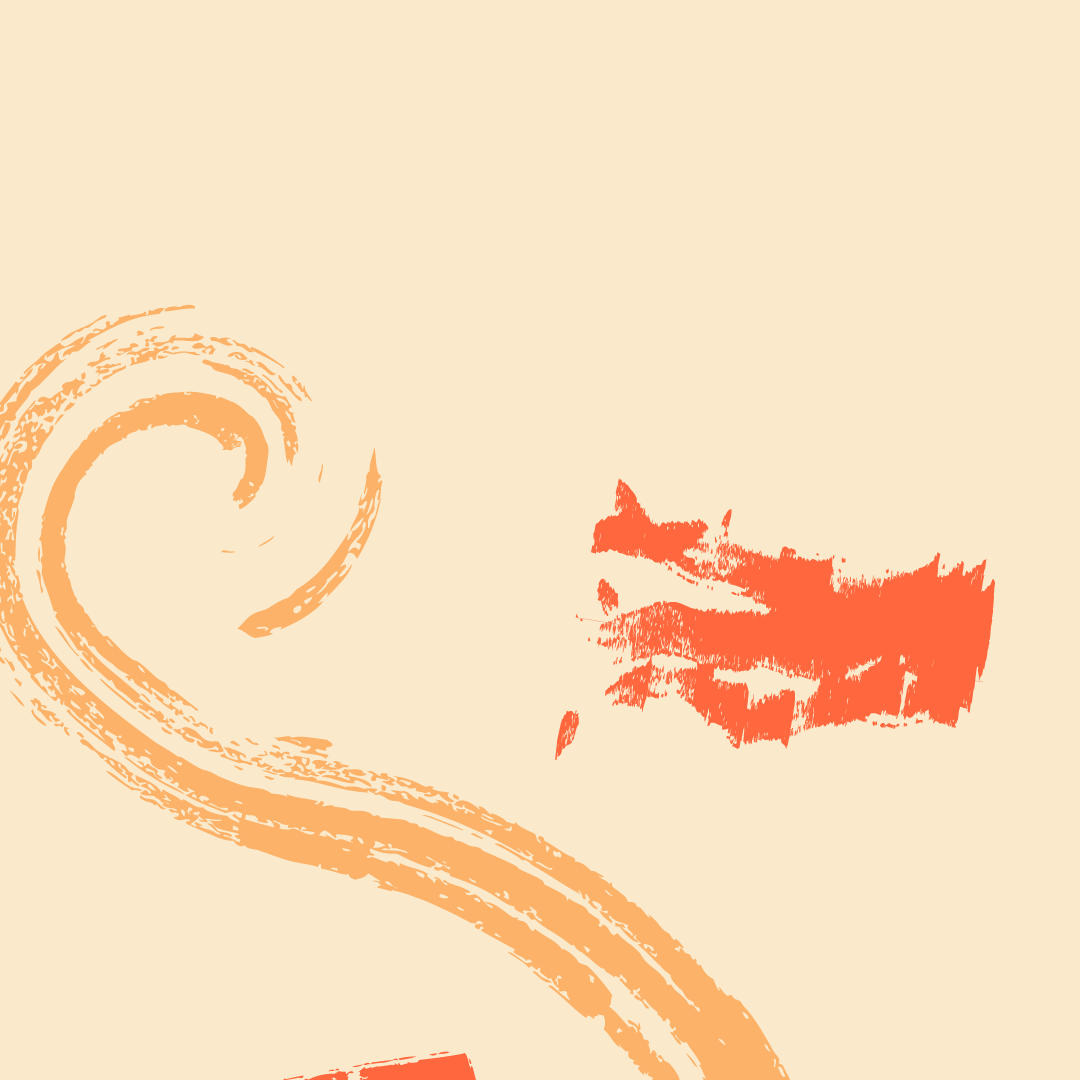PROJECT


According to the United Nations Population Fund (UNFPA), menstrual poverty refers to “the difficulties many women and girls have in affording sanitary products due to their low income.”
It also includes the financial burden of painkillers, or even a change of underwear. Behind this term hides a diversity of situations: menstrual poverty adds to the economic and social difficulties that the most vulnerable people face every day. Whether they are disabled, incarcerated, migrants, transgender, sex workers, they encounter multiple obstacles in managing their health and menstrual hygiene.
In Sri Lanka, menstrual poverty affects 70% of women. The reason for this?
Women who experience this precariousness are often forced to choose between hygienic protection or nutrition. They are forced to sacrifice their health and basic needs to feed themselves and, in some cases, their families.
In Sri Lanka, many young girls who menstruate remain isolated at home to the detriment of their schooling, while others do not have direct access to water and undergo their menstrual cycles in poor living conditions. ‘hygiene. Many people use rags, tree leaves and old newspapers (“They use old cloths: Sri Lanka to give schoolgirls free period products”) as sanitary napkins, which puts them more easily at risk of infections. Lack of access to menstrual hygiene products can lead to a number of different health problems for women, including cervical cancer, the second most common cancer among Sri Lankan women.
Period poverty also affects girls’ education, as many girls do not attend school or classes during their menstrual cycle.
According to a 2015 UNICEF study, more than half of adolescent students (51-62%) are not or will not be allowed to attend school while menstruating, and just over a third of female adolescent students (37-44%) reported missing school due to menstruation.
In Sri Lanka, the high cost of sanitary products makes them inaccessible to the majority of women and girls. The fault in particular is the tax on these products, which until September 2018 was greater than 100%. High taxes on menstrual products have generally contributed to making these products a semi-luxury item for many.
The average salary of a Sri Lankan woman per month varies between 60 and 200 euros
Le salaire moyen d’une sri lankaise par mois varie entre 60 et 200 euros
Period stigma worsens menstrual poverty